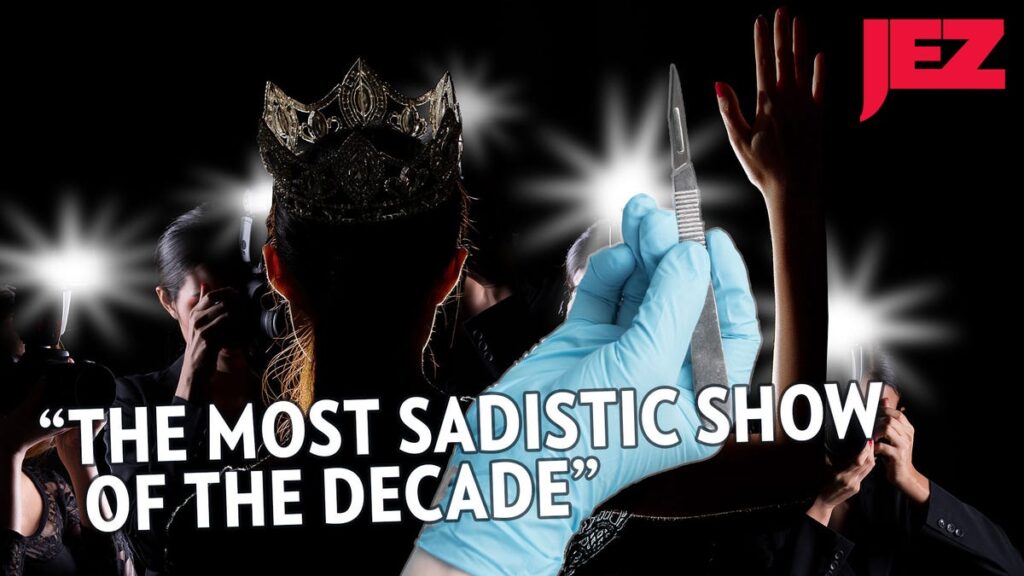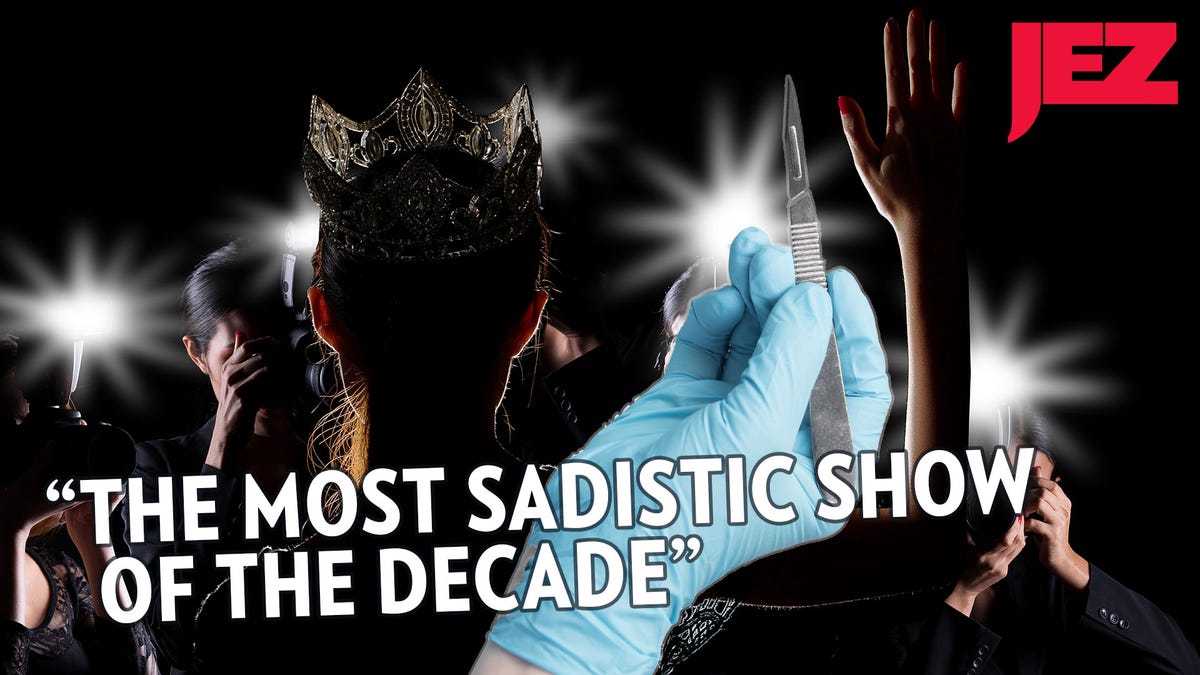
The Enduring Appeal of Reality Makeover Shows: Why We Can’t Look Away
Reality makeover shows have been a staple of television programming for decades. From extreme home renovations to fashion transformations and even life coaching, these programs captivate audiences with the promise of dramatic change and personal improvement. But what is it about reality makeover shows that makes them so compelling? Why do we continue to tune in, week after week, to witness these orchestrated transformations?
The Allure of Transformation
At their core, reality makeover shows tap into a fundamental human desire: the aspiration for a better version of ourselves. Whether it’s a home in disrepair or a wardrobe that no longer reflects a person’s identity, these shows offer a visual representation of potential and the hope that change is possible. The ‘before’ and ‘after’ format provides a clear and satisfying narrative arc, showcasing the power of expert intervention and hard work.
The appeal is multifaceted. For some, it’s the vicarious thrill of witnessing someone else’s transformation. We see the participants struggle, learn, and ultimately triumph, offering a sense of hope and inspiration in our own lives. For others, it’s the practical advice and tips offered by the experts. From interior design secrets to fashion styling techniques, reality makeover shows can be surprisingly educational, providing viewers with actionable insights they can apply to their own lives.
A Brief History of Reality Makeover Shows
The origins of reality makeover shows can be traced back to early home improvement programs and daytime talk shows featuring personal style segments. However, the genre truly took off in the late 1990s and early 2000s with the rise of cable television and the demand for unscripted content. Shows like “Trading Spaces,” “Queer Eye for the Straight Guy,” and “Extreme Makeover: Home Edition” became cultural phenomena, launching the careers of designers, stylists, and lifestyle gurus.
“Trading Spaces,” for example, revolutionized home improvement television by focusing on the drama and humor that arose when neighbors redecorated rooms in each other’s homes with a limited budget and the guidance of professional designers. “Queer Eye for the Straight Guy” broke down social barriers and promoted inclusivity by showcasing the transformative power of fashion, grooming, and lifestyle advice from a team of five gay men. And “Extreme Makeover: Home Edition” tugged at heartstrings with its emotional stories of families facing hardship and the incredible generosity of the show’s crew and volunteers.
The Psychological Factors at Play
Beyond the practical advice and visual appeal, reality makeover shows also tap into deeper psychological needs. One key factor is the sense of control. In a world often characterized by uncertainty and chaos, these shows offer a predictable and satisfying narrative. We know that the participant will start in a difficult situation, receive expert help, and ultimately emerge transformed. This sense of order and resolution can be incredibly comforting.
Another psychological element is the power of empathy. We connect with the participants on an emotional level, sharing in their struggles and celebrating their successes. Reality makeover shows often feature individuals facing personal challenges, such as low self-esteem, financial difficulties, or health problems. By witnessing their transformation, we are reminded of the resilience of the human spirit and the potential for positive change, which is why reality makeover shows are so addictive.
Furthermore, these shows can also provide a sense of social comparison. We may compare our own homes, wardrobes, or lifestyles to those featured on the show, leading to feelings of inadequacy or inspiration. While this can be a negative aspect, it can also motivate us to make positive changes in our own lives.
Ethical Considerations and Criticisms
Despite their popularity, reality makeover shows have also faced criticism. One common concern is the potential for exploitation. Participants may be pressured to conform to certain standards of beauty or lifestyle, and the intense scrutiny of being on television can take a toll on their mental health. It’s essential to be aware of the ethical considerations surrounding these types of programs and to question the authenticity of the transformations portrayed.
Another criticism is the unrealistic expectations that these shows can create. The transformations are often achieved with the help of professional designers, stylists, and contractors, and the budgets are often far beyond what the average person can afford. This can lead to feelings of frustration and disappointment for viewers who attempt to replicate the results in their own lives. The quick fixes and instant results are often unsustainable in the long run, leading to a cycle of dissatisfaction. Are reality makeover shows doing more harm than good?
Moreover, some argue that reality makeover shows perpetuate harmful stereotypes and reinforce consumerism. They often promote the idea that happiness can be achieved through material possessions and external validation, neglecting the importance of inner growth and self-acceptance. It’s crucial to approach these shows with a critical eye and to recognize that true transformation comes from within.
The Evolution of Reality Makeover Shows
The genre of reality makeover shows has evolved significantly over the years. In recent years, there has been a shift towards more sustainable and eco-friendly practices, with shows focusing on upcycling, repurposing, and reducing waste. There is also a growing emphasis on inclusivity and diversity, with shows featuring participants from a wider range of backgrounds and body types. Some shows are even focusing on community transformations, where the makeover impacts not just one person or family, but an entire neighborhood.
Technology has also played a role in the evolution of reality makeover shows. Online platforms and social media have allowed viewers to engage with the shows in new ways, sharing their own transformations and connecting with other fans. Virtual reality and augmented reality technologies are also being explored as potential tools for creating immersive and interactive makeover experiences. The future of reality makeover shows is likely to be more personalized, interactive, and sustainable.
The Future of Reality Makeover Shows
As long as humans crave improvement and enjoy witnessing transformation, reality makeover shows will likely remain a popular form of entertainment. However, the genre must continue to evolve to address ethical concerns and to reflect the changing values of society. A greater emphasis on authenticity, sustainability, and inclusivity will be crucial for the long-term success of these programs.
The future of reality makeover shows may also involve more personalized and interactive experiences. Imagine being able to virtually try on different outfits or redesign your home using augmented reality technology. Or imagine participating in a makeover show remotely, receiving expert advice and support from the comfort of your own home. The possibilities are endless.
Ultimately, the enduring appeal of reality makeover shows lies in their ability to inspire hope and to remind us of the power of transformation. While it’s important to approach these shows with a critical eye, they can also be a source of entertainment, education, and motivation. So, the next time you find yourself tuning in to a reality makeover show, take a moment to reflect on what it is that draws you in and how you can apply the lessons learned to your own life. [See also: The Psychology of Reality TV] [See also: Ethical Concerns in Reality Television] [See also: The Rise of Sustainable Living Shows]

